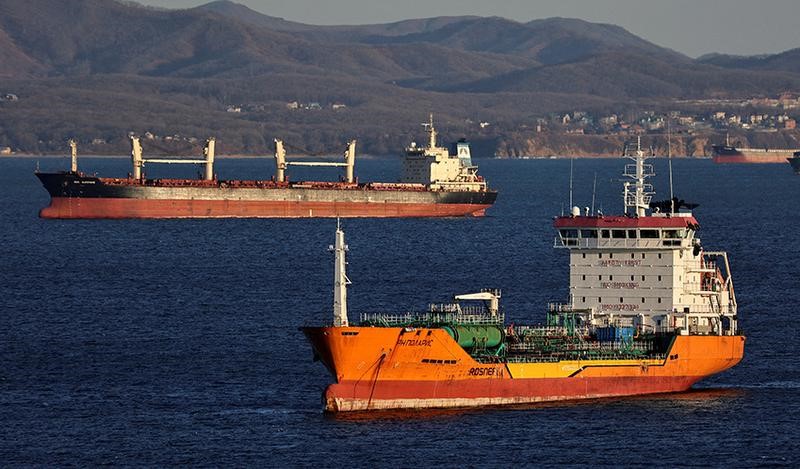Description

Disclaimer: Copyright infringement not intended.
Context
- India leads five countries named as the “Laundromat” countries that buy Russian oil and sell processed products to European countries, thus side-stepping European sanctions against Russia, says a Finland-based group that cited the latest figures for the first quarter of 2023.
Findings of the report
- European Union (EU) countries, which are all part of the “price cap coalition” that bars trade and insurance for any oil purchased above a certain price from Russia, are in fact increasing their intake of oil from India, China, Turkey, the UAE and Singapore.
- The report also accused Indian sellers and European buyers of possibly “circumventing sanctions” by selling crude products from a refinery in Gujarat that is co-owned by Russian oil company Rosneft.
- European countries are simply substituting oil products they previously bought directly from Russia, with the same products now “whitewashed” in third countries and bought from them at a premium.
- Of the so-called “laundromat” countries, India, which in April remained the highest global consumer of seaborne Russian crude for a fifth month, is ahead of all others in the export of crude products to the coalition countries.
- India’s exports of diesel, for example, tripled to about 1,60,000 barrels per day in March 2023, compared with the period before the Russian war in Ukraine, making diesel one of the largest components of India-EU trade at present.

India’s oil imports
- India’s reliance on imported crude increased to a record 87.3 per cent of domestic consumption in 2022-23, up from 85.5 per cent in 2021-22, according to data released by the oil ministry’s Petroleum Planning & Analysis Cell (PPAC).
- India’s oil import dependency was 84.4 per cent in 2020-21, 85 per cent in 2019-20, and 83.8 per cent in 2018-19.
- With refining capacity of a little over 250 million tonnes per annum, India — the world’s third-largest consumer of crude oil and also one of its top importers – is a net exporter of petroleum products.
Domestic consumption and production
- India’s domestic consumption of petroleum products in 2022-23 rose over 10 per cent year-on-year to a record 222.3 million tonnes, underscoring robust demand, particularly for transportation fuels (petrol and diesel).
- However, domestic crude oil production for the year declined 1.7 per cent to 29.2 million tonnes.
- Crude oil imports in 2022-23 rose 9.4 per cent year-on-year to 232.4 million tonnes.
- In value terms, crude oil imports for the fiscal were at $158.3 billion, up from $120.7 billion in 2021-22.
High-sulphur crudes
- The share of high-sulphur crudes, or sour crudes, in India’s oil imports in 2022-23 rose to 77.5 per cent from 76.6 per cent a year ago.
- Sour crudes have high sulphur content, which makes the refining process complex and relatively more cost-intensive than refining sweeter grades of oil.
- The rapid rise in India’s import of discounted Russian oil could be one of the factors behind higher share of sour crudes in India’s oil imports.
- This is because the medium-sour Urals is the predominant Russian oil grade that India has been importing for over a year now.

Challenges
- High reliance on imported crude oil makes the Indian economy vulnerable to global oil price volatility, apart from having a bearing on the country’s foreign trade deficit, foreign exchange reserves, rupee’s exchange rate, and inflation.
Analysis
- While the government wants to reduce India’s increasing reliance on imported crude oil, sluggish domestic oil output in the face of growing demand for petroleum products has been the biggest roadblock.
- Cutting costly oil imports is also a fundamental objective of the government’s push for electric mobility, biofuels, and other alternative fuels for transportation as well as industries.
- Over the past few years, the government has intensified efforts to raise domestic crude oil output by making exploration and production contracts more lucrative and opening vast acreages for oil and gas exploration.
|
PRACTICE QUESTION
Q) India — the world’s third-largest consumer of crude oil and also one of its top importers – is a net exporter of petroleum products. Discuss. (150 words)
|

https://epaper.thehindu.com/ccidist-ws/th/th_delhi/issues/34697/OPS/GP6B694QP.1+G55B69GD5.1.html












